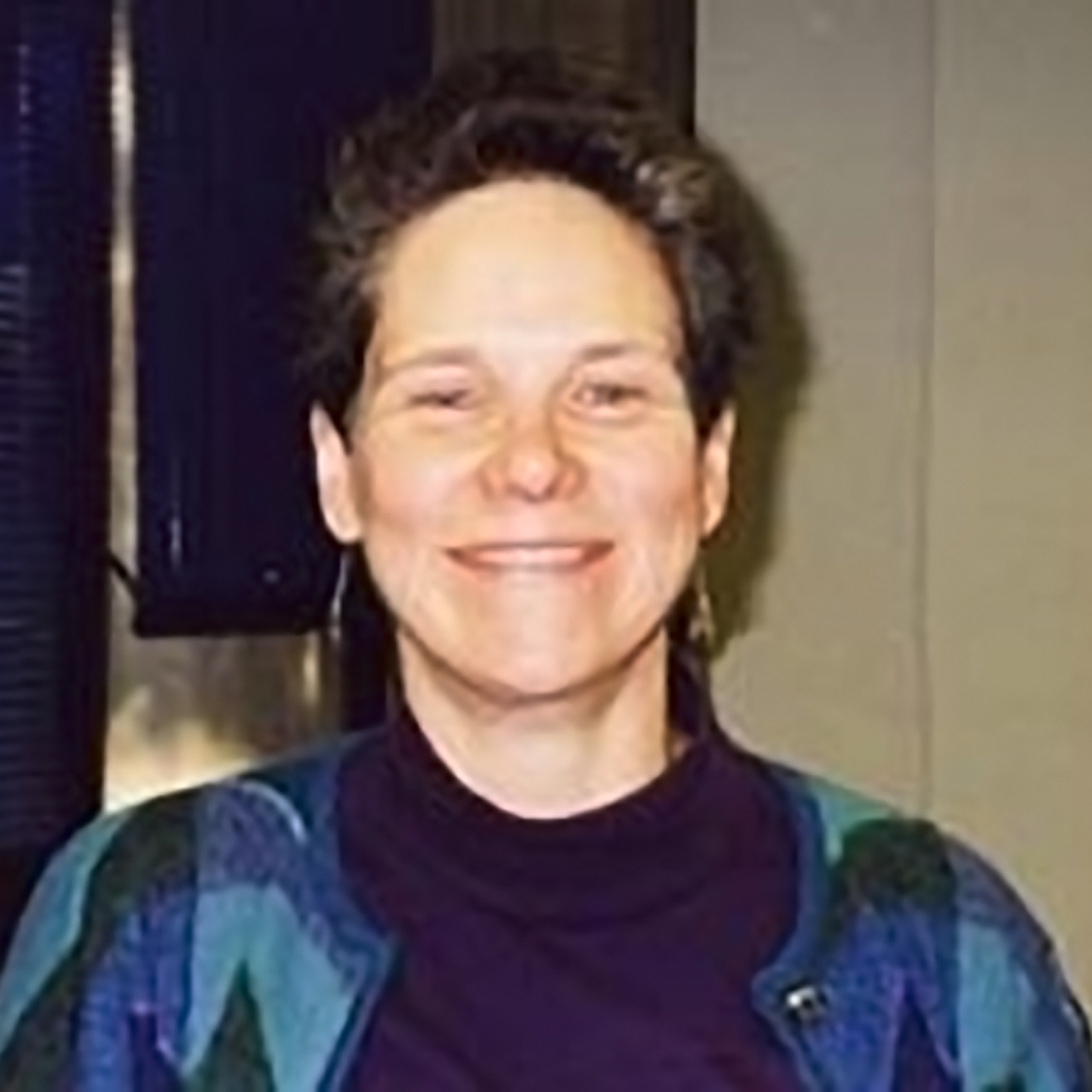[Live on Zoom] Ab. Cahan's Early Experiments in Yiddish Journalism: di "Sedre" and the Novella "How Rafol Naaritsokh Became a Socialist"

|
Yiddish Civilization Lecture Series
Admission: Free Registration is required. |
Ellie Kellman | Delivered in Yiddish.
Abraham Cahan is known for writing what he called pleyne (plain) Yiddish. As editor of the socialist daily Forverts during the first half of the twentieth century, he famously expunged from the newspaper vocabulary he considered esoteric or unfamiliar to immigrant readers. During the 1890s, Cahan experimented with writing in a variety of genres for an audience of newly literate immigrants. As a co-founder of the socialist weekly Arbeter tsaytung, he tested his supposition that immigrants would buy a socialist paper if it were to supply sophisticated content in a simplified, partly entertaining form. In connection with this effort, Cahan created several popular genres for the paper. Among them was the well-known "Sedre." Each week, Cahan chose a theme from the weekly Torah portion and interpreted it along the lines of his socialist world view.
Among Cahan's less well known experiments with popularizing socialist ideas was his novella "How Rafol Naaritsokh Became a Socialist," which appeared in installments in Arbeter tsaytung in 1894. The protagonist, Rafol, a talented cabinet maker from Lithuania, immigrates to America and finds work in a furniture factory in New York. Suffering under the routinized and alienating labor that is required of him, he becomes active in a socialist circle, where he comes to understand that capitalism both exploits his body and dulls his spirit. Gradually, he embraces socialism in order to revive his sense of pride in productive work.
The novella was reprinted in pamphlet form in 1896. In 1907, Cahan revised and expanded the work into a full-length novel entitled Rafol Naaritsokh – the Story of a Carpenter Who Saw the Light.
The speaker will analyze the language and content of "Di Sedre" and the original version of Rafol Naaritsokh for the purpose of broadening the scope of scholarly evaluation of Cahan's early contribution to the Yiddish press.
About the Speaker
Ellie Kellman researches and writes about modern Yiddish literature and literary history, specializing in the history of the Yiddish periodical press and publishing industry. Among her scholarly publications are: "Constructing the East European Jewish Past in Post-Holocaust Children's Literature" (2017); “Exile in Warsaw: The Kultur-Lige in Poland, 1921-1924” (2015); “Aiding the Female Immigrant Reader or Entertaining Her?: The Jewish Daily Forward and its ‘Gallery of Missing Husbands’” (2014); “Faint Praise: the Early Critical Reception of Joseph Opatoshu’s Historical Novel In poylishe velder“ (2013); “The Pregnant Bride from Suffolk Street: Intraethnic Class Conflict in a Yiddish Serial Novel” (2011); and “Uneasy Patronage: Dovid Bergelson’s Years at the Forverts” (2007). She is working on a book with the working title Reading the New Country: Abraham Cahan and the Invention of American Jewish Popular Culture.
Ellie is Associate Professor of Yiddish at Brandeis University, where she teaches Yiddish language and literature and modern Jewish literature.




